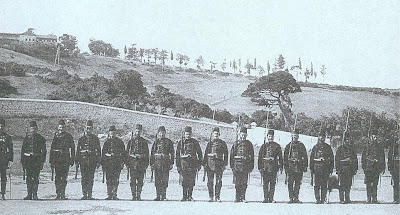
Revue Du Monde Musulman
1918-1919
Paris . .
Click Here To View The Full Document : In Memoriam Sir Mark Sykes: Remarks About The Present Disruption Of British Policy In The Near East
Kindly Provided By Armenian Genocide Ballyhoo
.



 Videos: The Truth Is Sacrificed by Sukru Aya, Hosted by Bircan Unver
Videos: The Truth Is Sacrificed by Sukru Aya, Hosted by Bircan Unver

 by Maxime Gauin, 2 August 2011
by Maxime Gauin, 2 August 2011



| Happy Sixth Birthday Armenians-1915.blogspot.com ! |